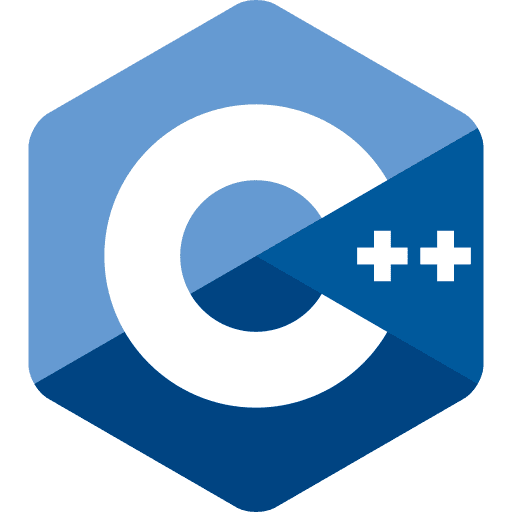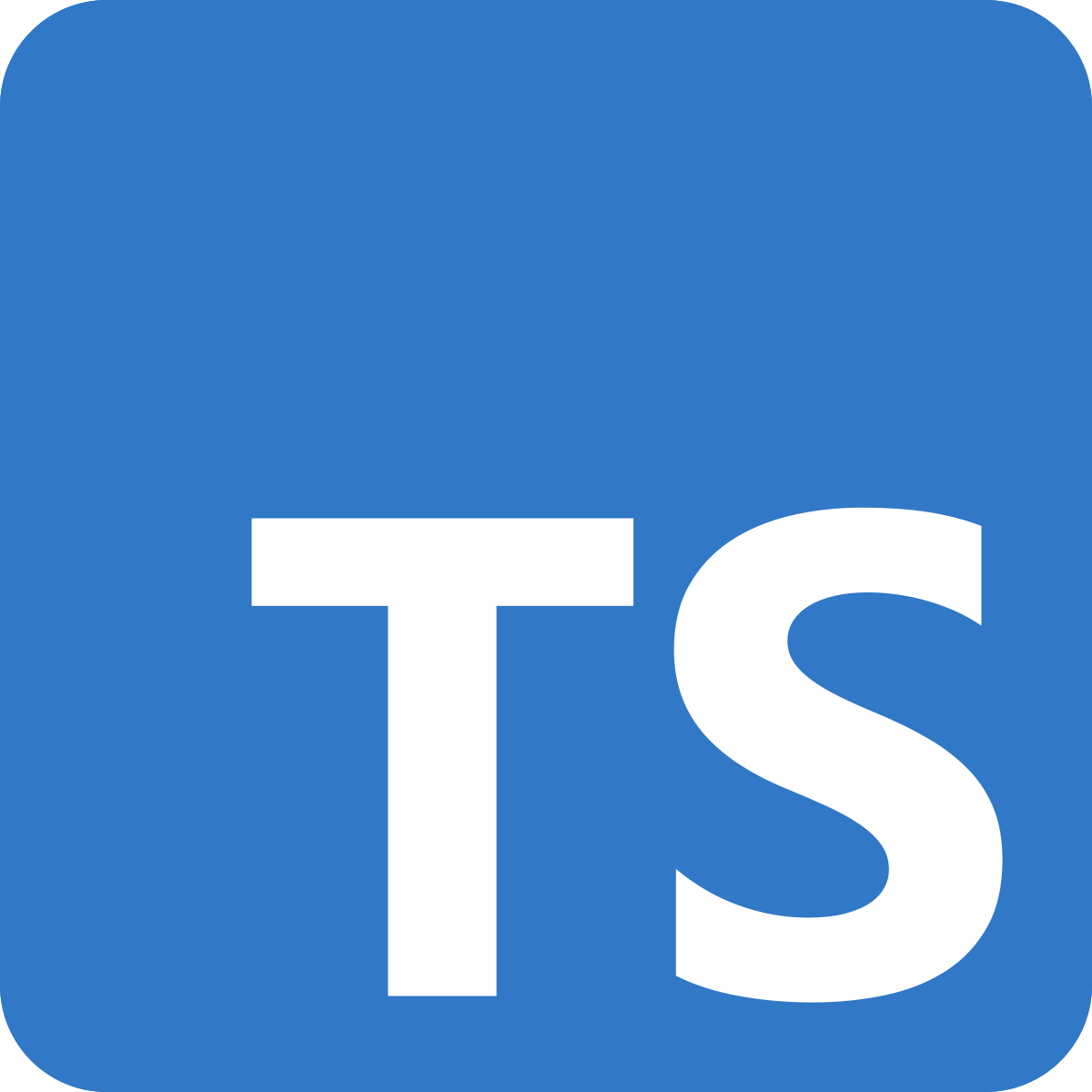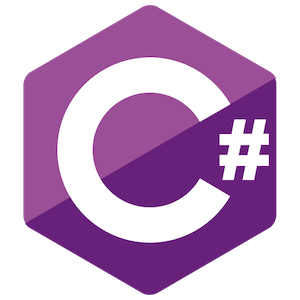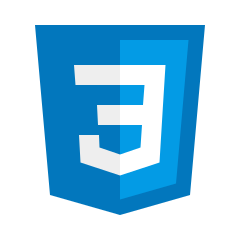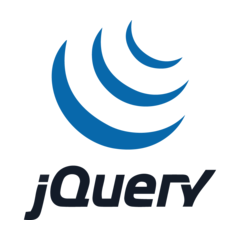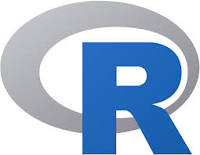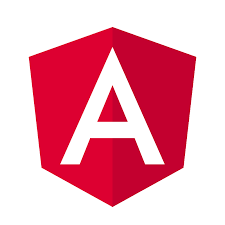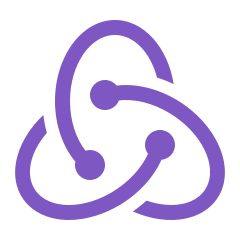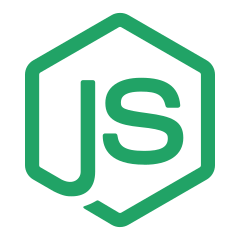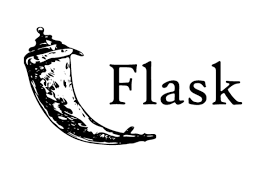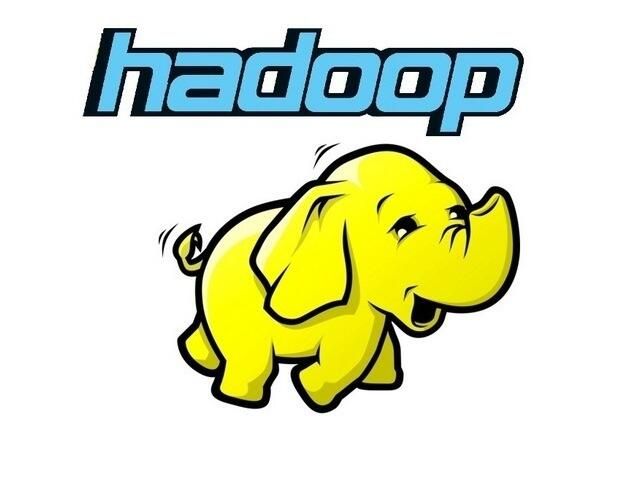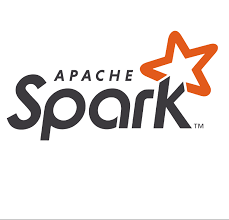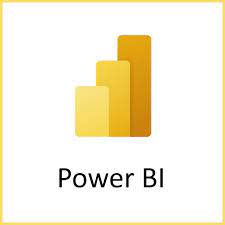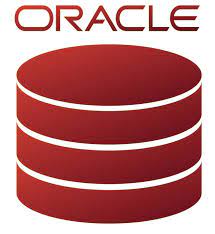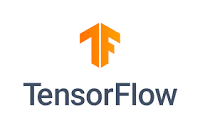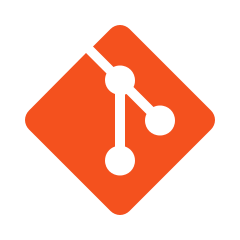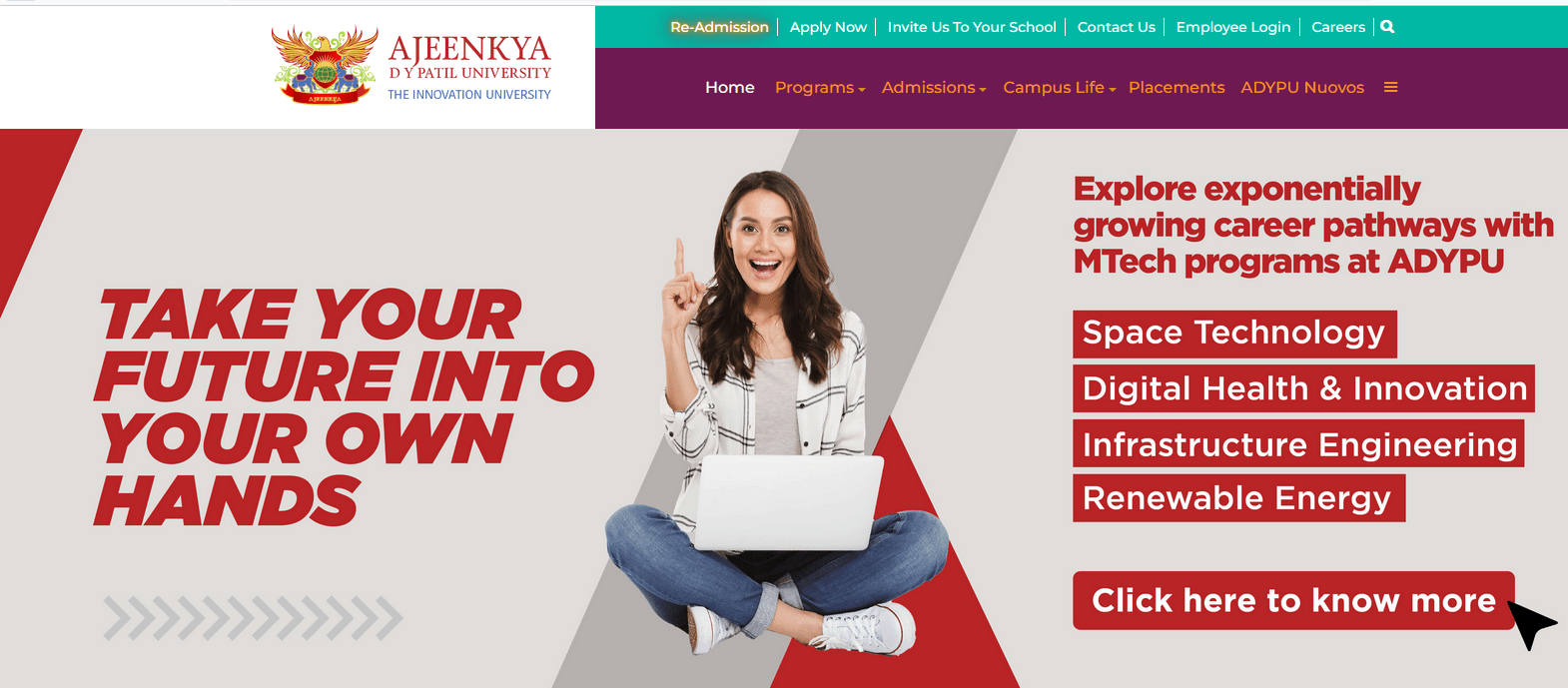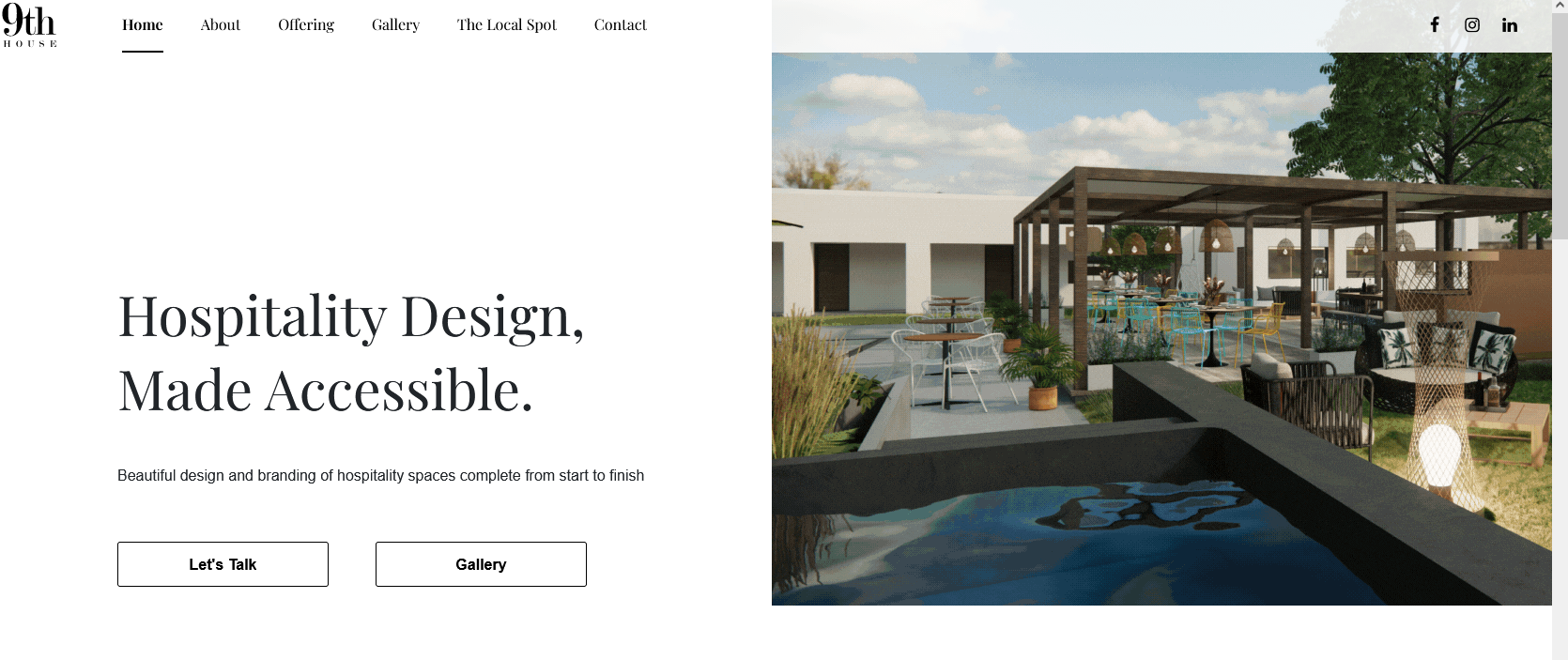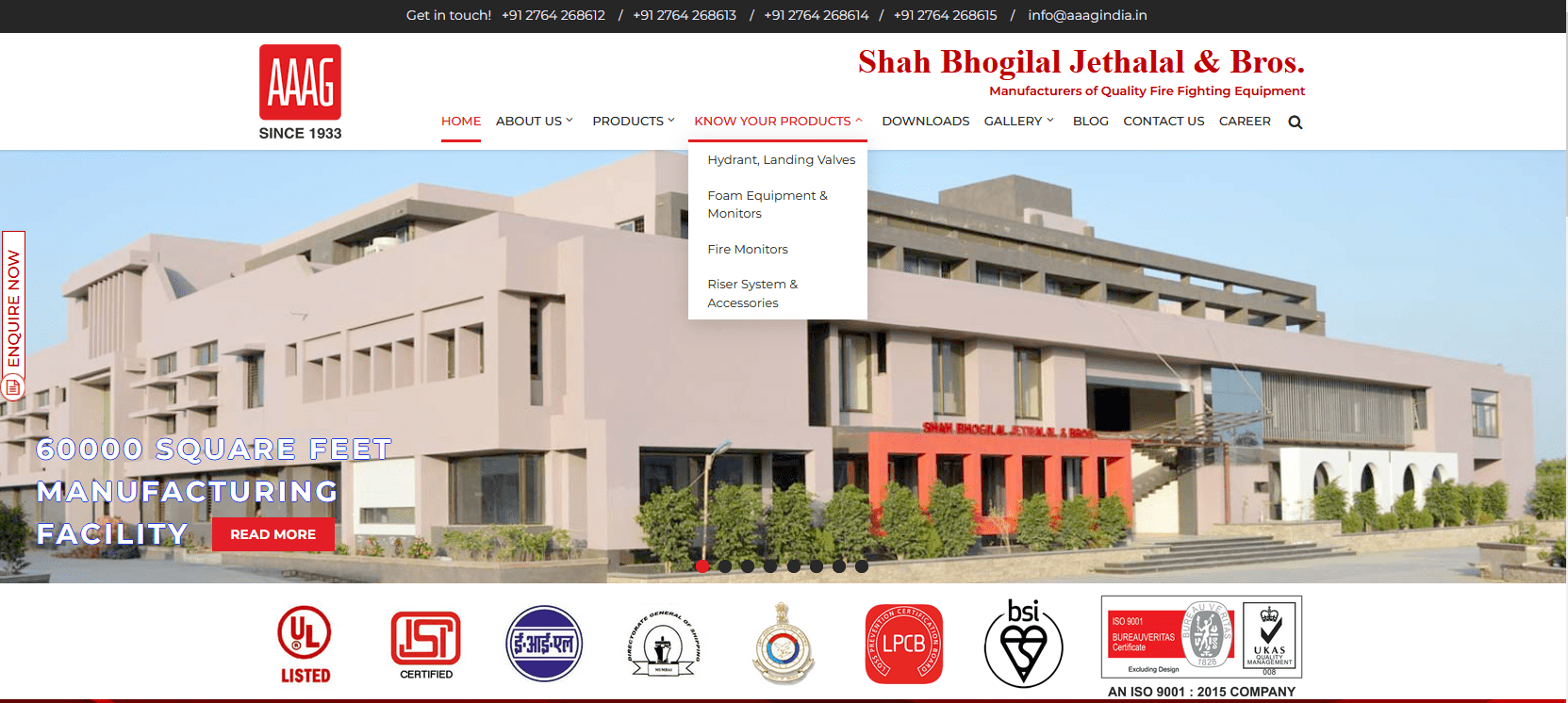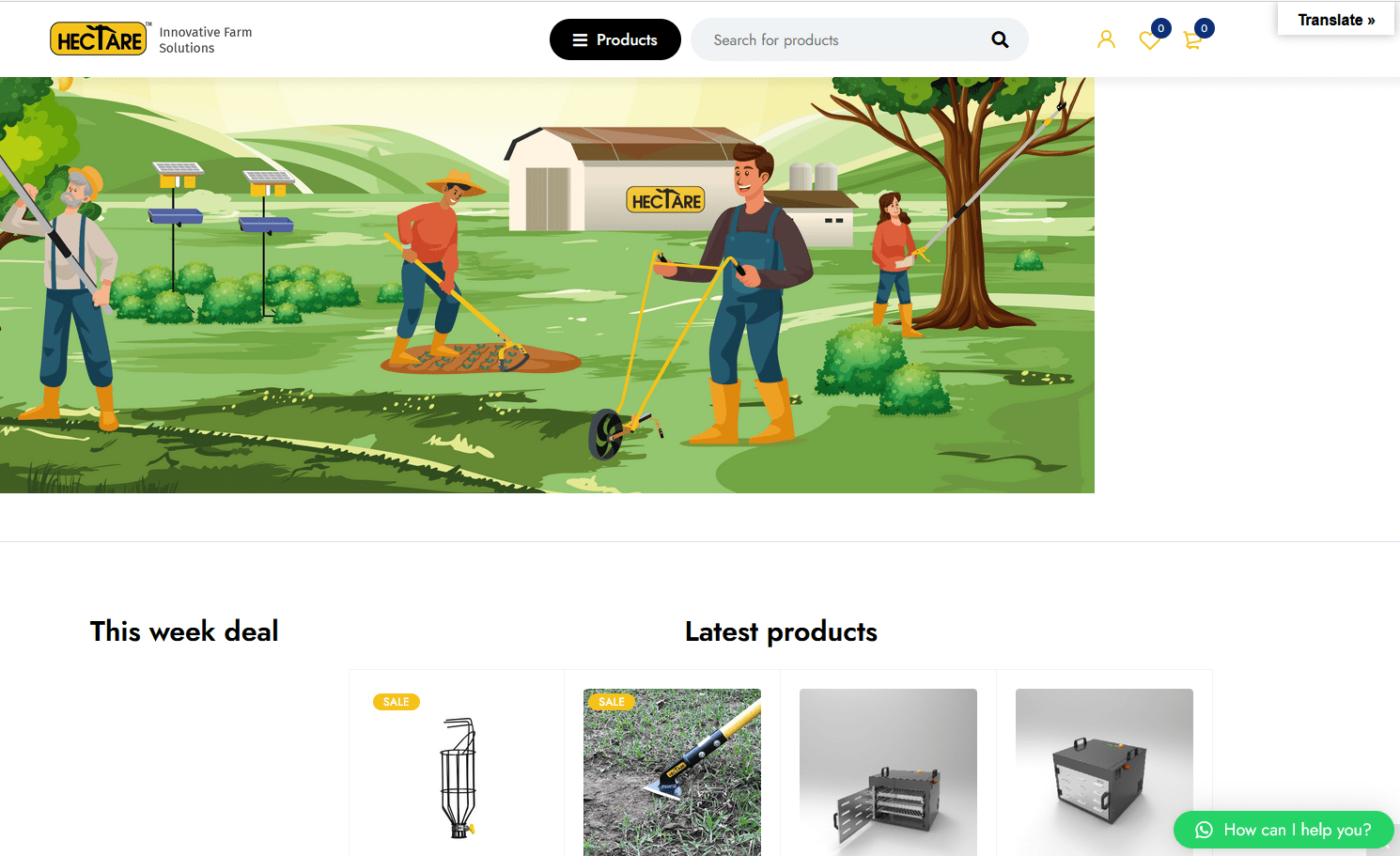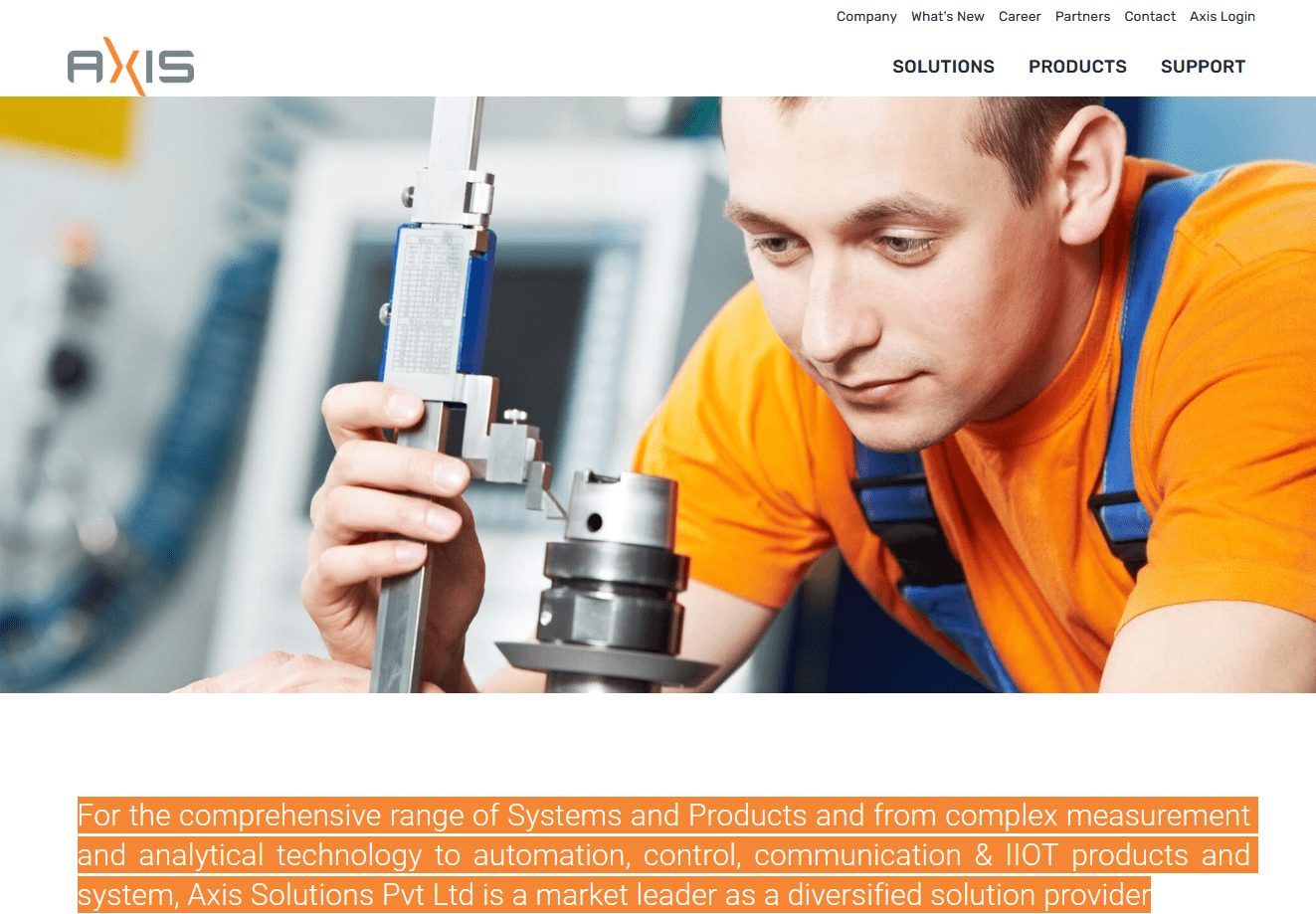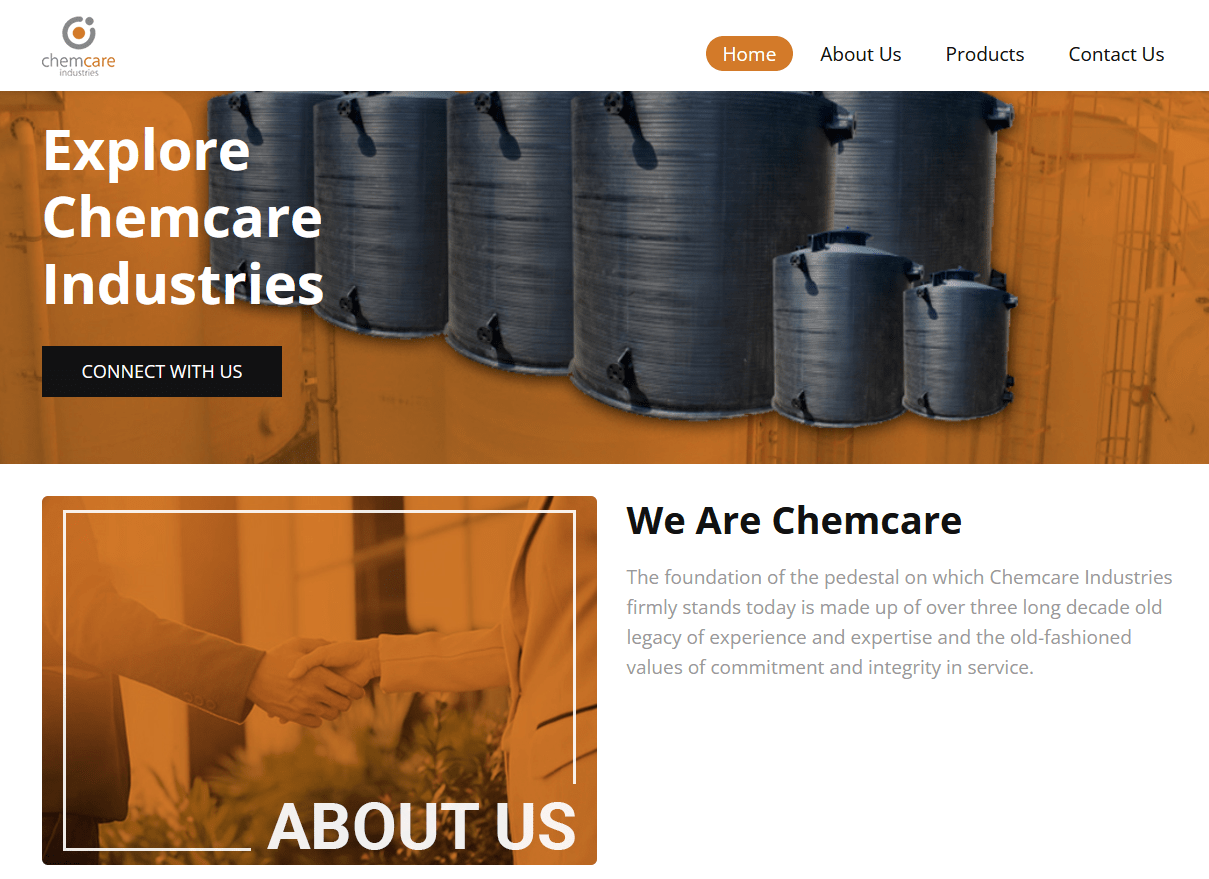1) Objective of the Project / Problem Statement
The hospitality industry faces challenges in managing real-time room availability, dynamic pricing, and personalized guest experiences.
Traditional booking systems lack adaptability and struggle to optimize revenue based on demand fluctuations.
This project aims to develop a Smart Hotel Booking & Management System that enhances reservation efficiency, automates pricing strategies,
and personalizes guest experiences using AI-driven insights.
2) Approach, Design, and Implementation
-
Frontend (Angular): Developed a user-friendly booking portal with real-time room availability and intuitive navigation.
-
Backend (C# .NET, Azure Functions): Implemented serverless computing to handle high volumes of booking requests efficiently.
-
AI-Powered Personalization: Integrated machine learning models to analyze guest preferences and provide tailored booking recommendations.
-
Dynamic Pricing Engine: Implemented AI-driven algorithms to adjust room rates based on demand, seasonality, and occupancy trends.
-
Admin Panel: Built a responsive Angular-based interface for hotel staff to manage reservations, billing, and guest profiles seamlessly.
3) Results
After implementation, the Smart Hotel Booking & Management System significantly improves booking efficiency and enhances the guest experience.
Hotels benefit from an optimized revenue model due to dynamic pricing, while guests enjoy personalized recommendations that suit their preferences.
The system ensures seamless hotel operations, from check-in to billing, reducing administrative overhead and enhancing overall guest satisfaction.
4) Key Technologies Used
- Frontend: Angular (Interactive UI, Booking Interface)
- Backend: C# .NET (REST API, Business Logic)
- Cloud Computing: Microsoft Azure (Azure Functions, SQL Database)
- Machine Learning: AI models for customer preference analysis and dynamic pricing
5) How it's different?
- Real-Time Room Availability: Ensures accurate room inventory updates for seamless booking experiences.
- AI-Driven Personalization: Provides tailored booking suggestions based on guest preferences and behavior.
- Dynamic Pricing Model: Automatically adjusts rates to maximize revenue and optimize occupancy levels.
- Efficient Hotel Management: Integrated admin panel simplifies reservations, billing, and guest interactions.



